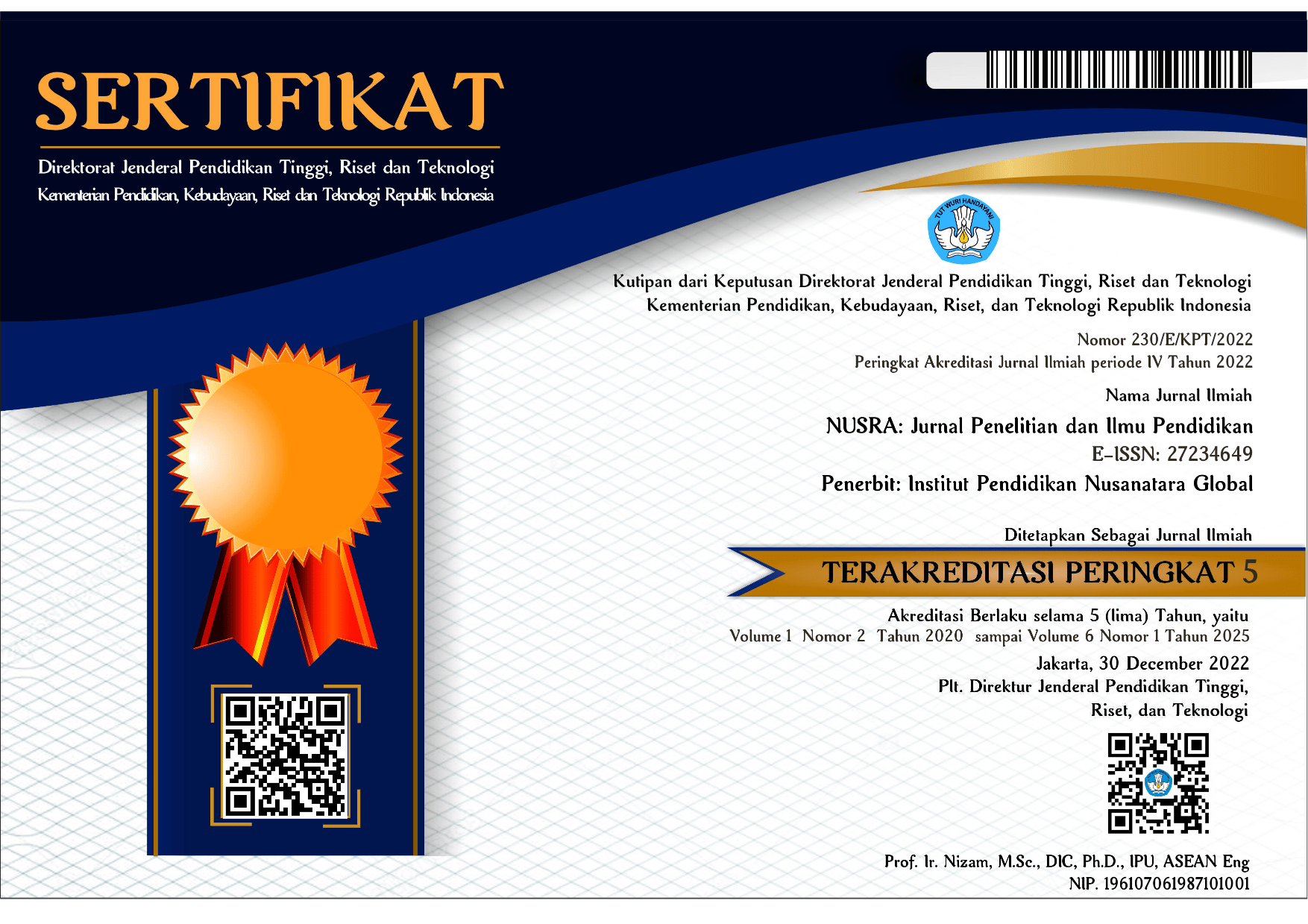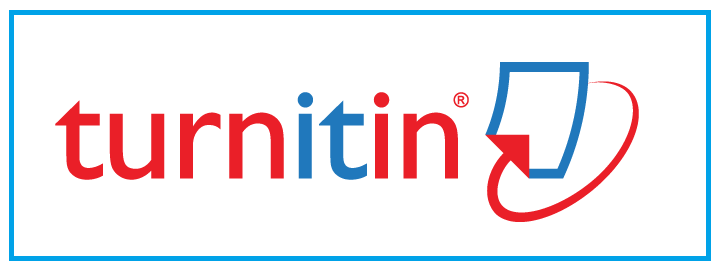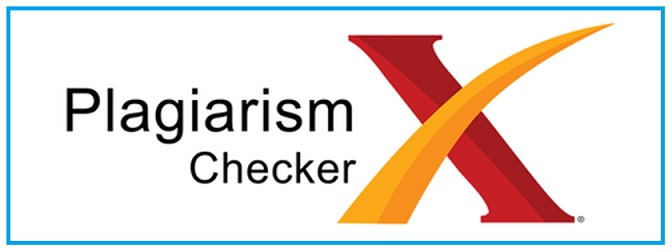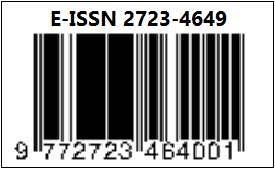Model Fuzzy Goal Programing untuk Mengoptimalkan Produksi Keripik Singkong Pada Masa Pandemi Covid-19
DOI:
https://doi.org/10.55681/nusra.v5i1.1854Keywords:
Fuzzy Goal Programming, Production Optimization, Lingo ApplicationAbstract
The The obstacling that faced by the industry today is the less maximum results from allocating material sources for production and optimizing production results. The Covid-19 pandemic has influenced in the homemade cassava chip business being less developed and increasingly experiencing setbacks. The business owners are not ready to face a pandemic situation which makes one of the obstacles less than optimal in terms of income. The right modeling technique can result in satisfaction with the desired production results and income which are wanted. In this research, The problem of optimizing production is solved by using fuzzy goal programming model. This model does not need to use goal weighting so that the optimal solution is only based on the desired target. In the decision making in this research using Lingo 18.0 application which in its solution is not necessary using overtime and easy to use. This research will be carried out in two homemade industries of cassava chips, those are namely Lestari Jaya and Berkah Jaya Abadi. Based on the calculating simulation on optimizing the production of two homemade cassava chip industries in East Lampung Regency, the results obtained are more optimal by using the fuzzy goal programming model.
Downloads
References
A. Saryoko, “Metode Simpleks dalam Optimasi Hasil Produksi,” J. Informatics Educ. Prof., vol. 1, no. 1, pp. 27–36, 2016.
A. Sessu, Pengantar Matematika Ekonomi. Jakarta: PT. Bumi Aksara, 2014.
A. Rindengan, P. Tri Supriyo, and A. Kustiyo, “Model Fuzzy Goal Programming Yang Diselesaikan Dengan Linear Programming Pada Perencanaan Produksi,” d’CARTESIAN, vol. 2, no. 2, p. 26, 2013.
F. Tampinongkol, A. Rindengan, and L. Latumakulita, “Aplikasi Fuzzy Goal Programming (Studi Kasus: UD. Sinar Sakti Manado),” d’CARTESIAN, vol. 4, no. 2, p. 129, 2015.
G. Sari, “Optimasi Perencanaan Produksi Kopi Bubuk Dengan Metode Goal Programming Berbasis QM For Windows (Studi Kasus Industri Rumahan Kopi Bubuk SR Asli Lampung Di Waydadi Kecamatan Sukarame ),” UIN RADEN INTAN, pp. 12–30, 2018.
J. Purnama et al., “Optimalisasi Keuntungan Dengan Menggunakan Metode Fuzzy Goal,” pp. 7–8, 2018.
J. Purnama and S. Sajiyo, “Pengembangan Model Fuzzy Goal Programming Untuk Mengoptimalkan Produksi Pada Ukm Furniture,” J. Simantec, vol. 9, no. 1, pp. 6–14, 2020.
M. N. Dudi Septiadi, “Optimasi Produksi Usaha Tani Sebagai Upaya Peningkatan Pendapatan,” J. Agrifo, vol. 5, no. 2, 2020.
M. S. Rumetna, T. N. Lina, and J. E. Lopulalan, “A knowledge management system conceptual model for the sorong COVID-19 task force,” Int. J. Informatics Vis., vol. 4, no. 4, pp. 195–200, 2020.
M. S. Rumetna, “Optimasi Jumlah Produksi Roti Menggunakan Program Linear Dan Software Pom-Qm,” Comput. Based Inf. Syst. J., vol. 9, no. 1, pp. 42–49, 2021.
M. Taufiq, A. Affandy, and A. Marjuni, “Fuzzy Goal Programming Untuk Pembobotan Analytical Hierarchy Process Pada Penentuan Penerima Bantuan Siswa Miskin,” Cyberku J., vol. 13, no. 2, pp. 5–5, 2017.
M. Rofiq, “Perancangan Manajemen Bandwidth Internet Menggunakan Metode Fuzzy Sugeno,” J. Ilm. Teknol. Inf. Asia, vol. 7, no. 1, pp. 1–15, 2013.
M. I. Pulukadang, Y. Langi, and A. J. Rindengan, “Optimasi Perencanaan Produksi Pada CV. Meubel Karya Nyata Gorontalo Menggunakan Model Program Linear Fuzzy,” d’CARTESIAN, vol. 7, no. 2, p. 78, 2018.
N. T. Ashar and K. Novianingsih, “Penyelesaian Masalah Perencanaan Produksi Dengan Pendekatan Fuzzy Goal Programming ( Studi Kasus : Perusahaan Kaos Kaki di Kabupaten Majalengka ) Solution Of Production Planning Problems Using The Fuzzy Goal Programming Approach,” pp. 62–74, 2021.
N. Br Karo, “Analisis Optimasi Distribusi Beras Bulog di Provinsi Jawa Barat,” Mix J. Ilm. Manaj., vol. VI, no. 1, pp. 28–44, 2016.
N. P. Krisnadewi and P. Y. Setiawan, “Optimalisasi Produksi pada Usaha Kecil Kripik Terry di Desa Nyanglan Kaja, Kecamatan Tembuku, Kabupaten Bangli,” E-Jurnal Manaj. Unud, vol. 7, no. 11, pp. 6011 – 6040, 2018.
S. A. Kurniati and Darus, “Optimalisasi penggunaan input usahatani bawang merah di Desa Sungai Geringging Kecamatan Kampar Kiri Kabupaten Kampar Propinsi Riau,” J. Din. Pertan., vol. 34, no. 3, pp. 211–218, 2018.
R. Jannah A.M, Arnellis, and R. Sriningsih, “Optimasi Hasil Produksi Tahu dan Tempe dengan Metode Branch and Bound dan Metode Cutting Plane,” UNP J. Math., vol. 1, no. 1, pp. 42–47, 2018.
Suryanto, E. S. Nugroho, and R. A. K. Putra, “Analisis optimasi keuntungan dalam produksi keripik daun singkong dengan linier programming melalui metode simpleks,” J. Manaj., vol. 11, no. 2, pp. 226–236, 2019.
T. Pradiani, “Pengaruh Sistem Pemasaran Digital Marketing Terhadap Peningkatan Volume Penjualan Hasil Industri Rumahan,” J. Ilm. Bisnis dan Ekon.
Downloads
Published
How to Cite
Issue
Section
License
Copyright (c) 2024 Indah Resti Ayuni Suri, Era Budianti

This work is licensed under a Creative Commons Attribution-ShareAlike 4.0 International License.














